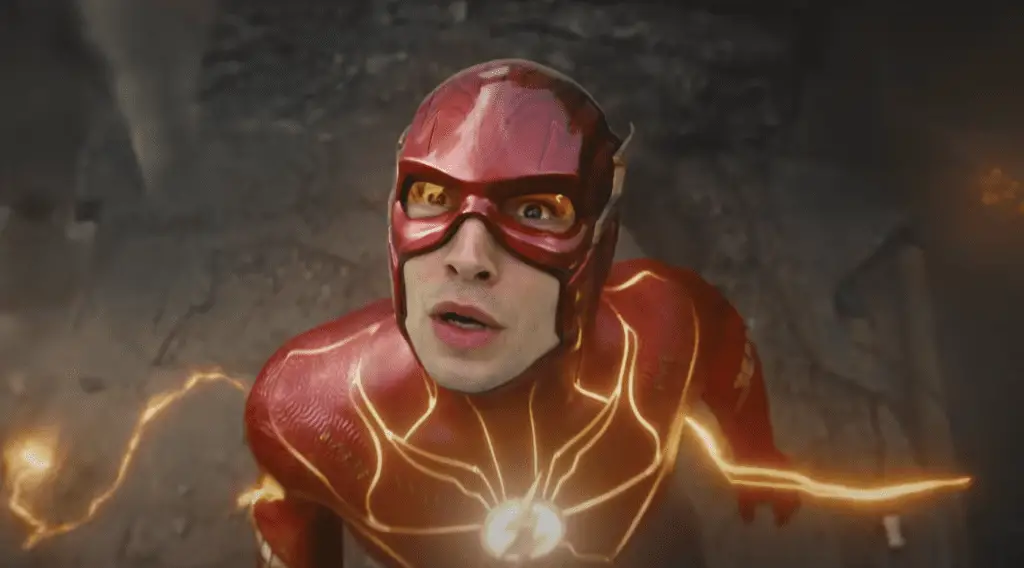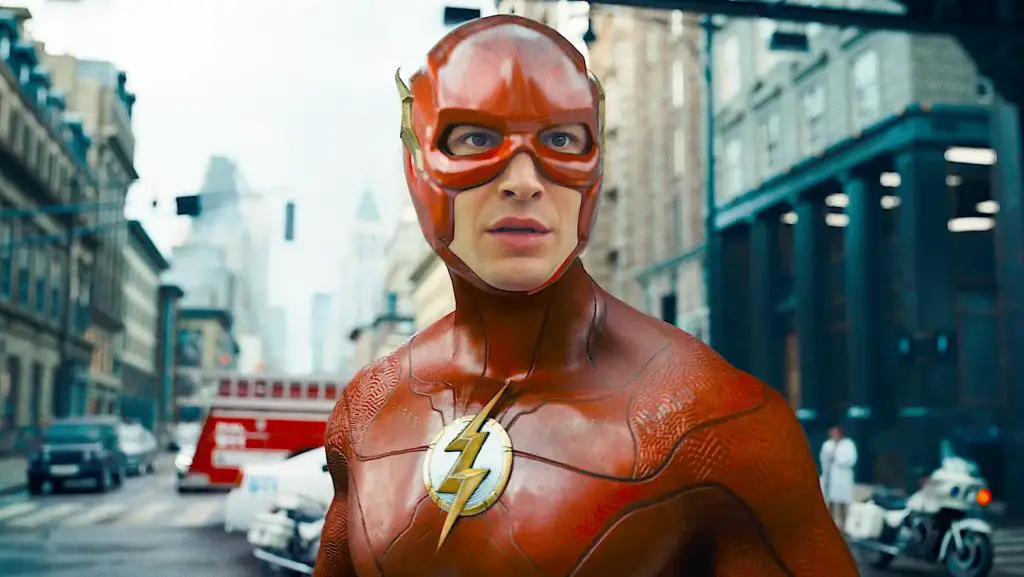Earlier this summer, The Flash sprinted onto cinema screens. As James Gunn, the co-CEO of DC Studios, hinted, this new release would act as a “reset” for the DC Universe. Drawing inspiration from the 2011 comic narrative Flashpoint, Barry Allen alters the course of reality by traveling back in time to save his mother. It’s intriguing to consider that although the DC Extended Universe has undergone major transformations since its 2013 debut with Man of Steel, its initial trajectory was actually charted towards rebooting via a Flashpoint film. It’s a testament to the fluidity of cinematic story-telling.
Jay Oliva: The Maestro Behind the Screen
Inverse had an opportunity to chat with storyboard artist Jay Oliva about what had been envisaged for a Flashpoint rendition. Oliva, besides contributing to several DCEU films, has directed various animated DC movies. One of the most notable among them is the 2013 Flashpoint adaptation, Justice League: The Flashpoint Paradox.
According to Oliva, after Zack Snyder concluded his envisaged Justice League tale, the subsequent plan was to dive straight into a Flashpoint movie. Oliva remarked, “At the end of Zack’s Darkseid series, the vision was to culminate in a Justice League Unlimited edition of the Snyder-verse. This would then segue into Flashpoint Paradox. Allies transform into adversaries, creating a dystopian reality. Such a setting is perfect for rebooting the universe, welcoming a fresh ensemble. After a decade, it’s a given that actors would aspire for novel ventures.” Taking cues from comic literature, Flashpoint paved the way for The New 52, a DC Universe reboot. Similarly, Oliva’s 2013 animated adaptation marked the dawn of the DC Animated Movie Universe, a journey that began with 2014’s Justice League: War.
A Dive into What Could Have Been

Interestingly, Oliva divulged that a prior version of The Flash film was poised to unveil a formidable DCEU antagonist. Before Andy Muschietti’s takeover, Rick Famuyiwa was listed among several potential directors. Unlike the Flashpoint-based storyline we’re familiar with, Famuyiwa’s vision was to establish Barry Allen’s nemesis: Professor Zoom, or as some fans might recognize, the Reverse-Flash.
Elaborating on this, Oliva stated, “Rick’s vision was conceptualizing Zoom as the supreme antagonist of the DC Universe. With Professor Zoom hailing from the future to meddle with Barry’s life, he was the puppeteer behind the scenes in the Flash movies. Moreover, his malevolent influence would be felt in other movies, extending his menace to the entire Justice League.” While this nemesis did not grace the final cinematic cut, viewers of The CW’s The Flash TV series might recall the Reverse-Flash’s intriguing role, portrayed by actors Tom Cavanagh and Matt Letscher.
A Glimpse into the DC Universe’s Upcoming Attractions
The silver lining is that The Flash movie didn’t herald a reboot of the universe. Instead, it signals the onset of a vibrant chapter for DC films. Anticipation is building for James Gunn’s 2025 project, Superman: Legacy, introducing David Corenswet as the newest Superman/Clark Kent. The horizon also teases with The Brave and the Bold, where a fresh Batman avatar will make its debut under Muschietti’s direction. Other movies that DC enthusiasts can eagerly await include The Authority, Supergirl: Woman of Tomorrow, and Swamp Thing.
To reminisce or catch up on the DC narrative, fans can stream Oliva’s 2013 offering, Justice League: The Flashpoint Paradox, on Max.
Conclusion
The ever-evolving tapestry of the DC Universe continues to mesmerize and surprise its global fanbase. With storylines that could have been and those that are on the horizon, it’s evident that DC has a rich cache of tales waiting to be told. Through the lens of skilled directors, storyboard artists, and a talented cast, the DC legacy is set to enthral for years to come.


